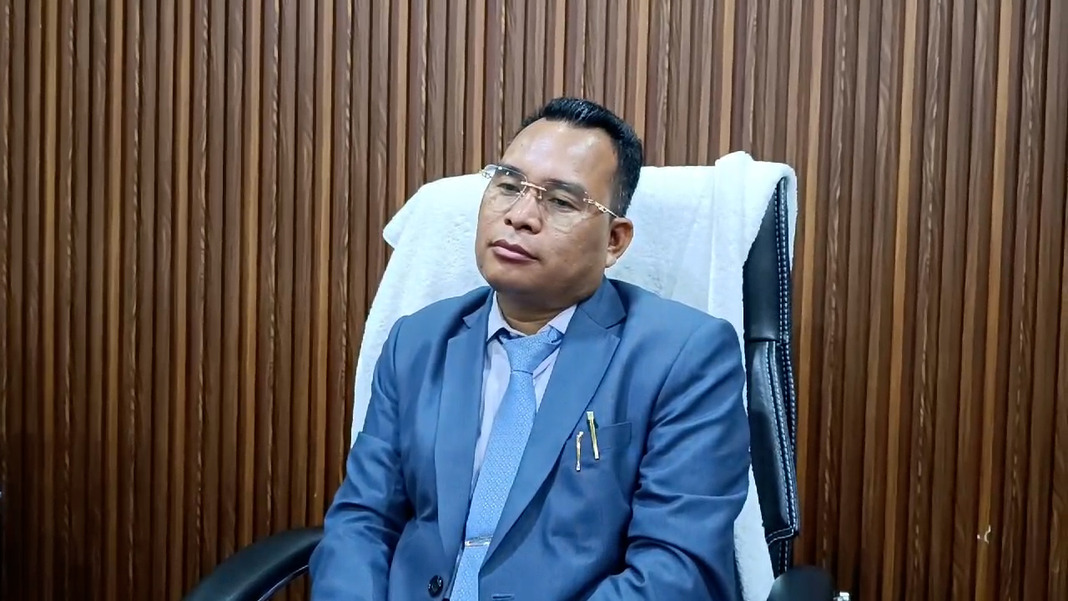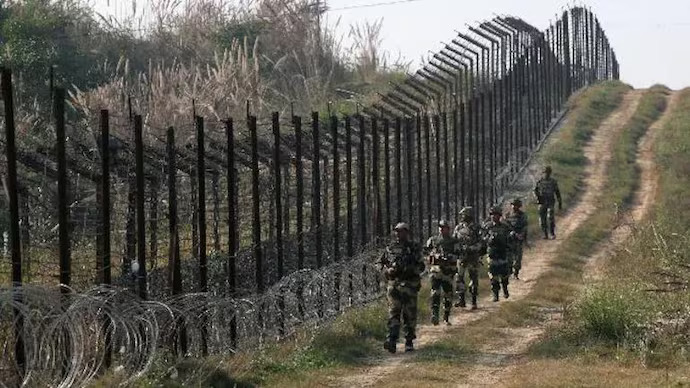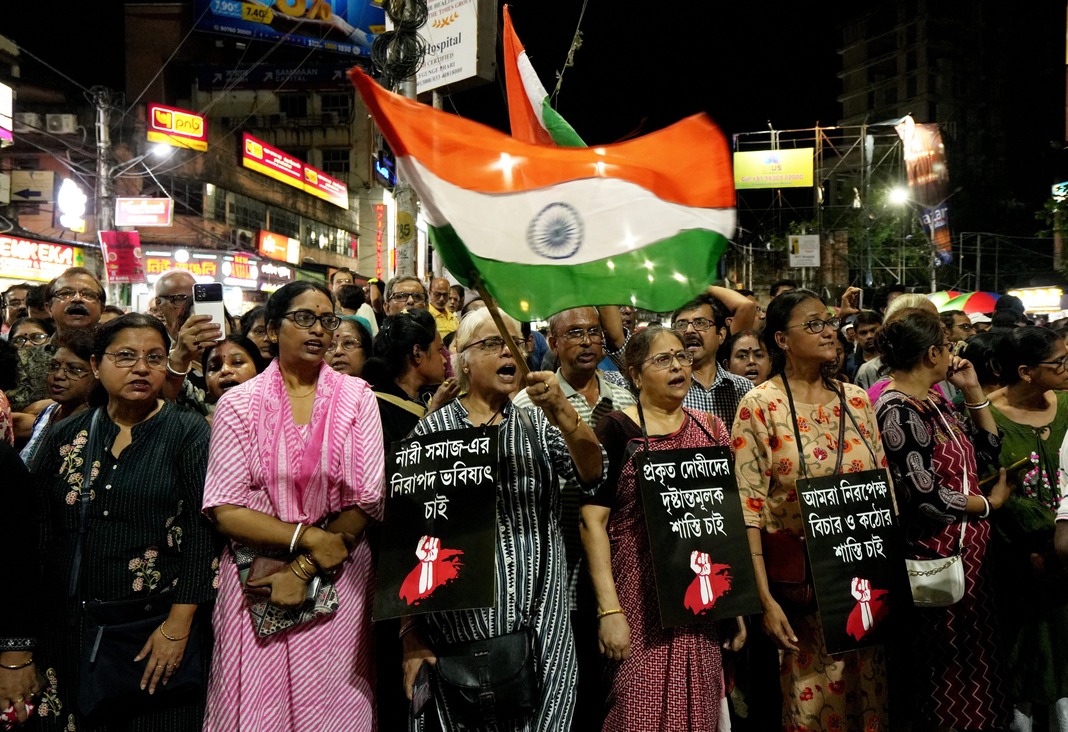State fares poorer than all other NE states, barring Arunachal Pradesh
Shillong, Sept 9: With around 75% literacy rate, Meghalaya is far from attaining full literacy that the Central government has asked every state to strive to achieve by 2030. And, state education minister Rakkam A Sangma said the letter from the Centre to all states in this regard has not yet reached him.
“Although the department might have received the letter, I’m not currently in possession of it,” he said.
Admitting that the state’s literacy is not up to the mark, Sangma said, “Our state should have been 100 percent literate by now. We will work to achieve the target.”
The Ministry of Education defines literacy as the ability to read, write, and compute with comprehension, along with acquiring critical life skills such as digital and financial literacy. Full literacy is defined as a state or union territory achieving a 95% literacy rate.
Meghalaya’s literacy rate (75.48%) is slightly below the national average of 77.7% as per NSSO survey in 2017-18. Most other north-eastern states – Mizoram (91.58%), Tripura (87.75%), Assam (85.9%), Sikkim (82.2%), Nagaland (80.11%) and Manipur (79.85%) – fare better than Meghalaya in this regard. The state is only ahead of Arunachal Pradesh (66.9%) in the region.
Pointed out, the minister said, “I’m a one-year-old minister, but it’s a serious concern for me. Mizoram is not much different from Meghalaya in terms of roads, communication, and system – we are both tribal states. Meghalaya is a bit behind, but I think we can adopt a mission-mode approach and work faster to catch up.”
Expressing uncertainty over why Jaintia Hills has the lowest literacy rate in the state, he said, “I don’t know the exact reason, but we will definitely find out. Whether it’s a real issue or a data discrepancy, we will call for a review meeting to ascertain the reason and take steps to address it. I urge everyone to work together to make Meghalaya a 100 percent literate state.”
He attributed the poor literacy rate of the state to various factors including poverty, distance from schools, etc.
On the high dropout rates, Sangma expressed optimism, saying, “The dropout rates are primarily in the primary and secondary levels. In primary, it might be due to double enrolment, especially because we don’t have enough pre-primary schools. Many children registered as Class One students may actually be in pre-primary, so the data may show a high dropout rate inaccurately.”
“At the secondary level, we see around a 20-30 percent pass rate. To address this, we’ve adopted policies like twice-yearly board exams and remedial classes under the CM Impact Programme. These initiatives are student and teacher friendly, and I’m confident that in the next two or three years, we will see positive results,” he said.




